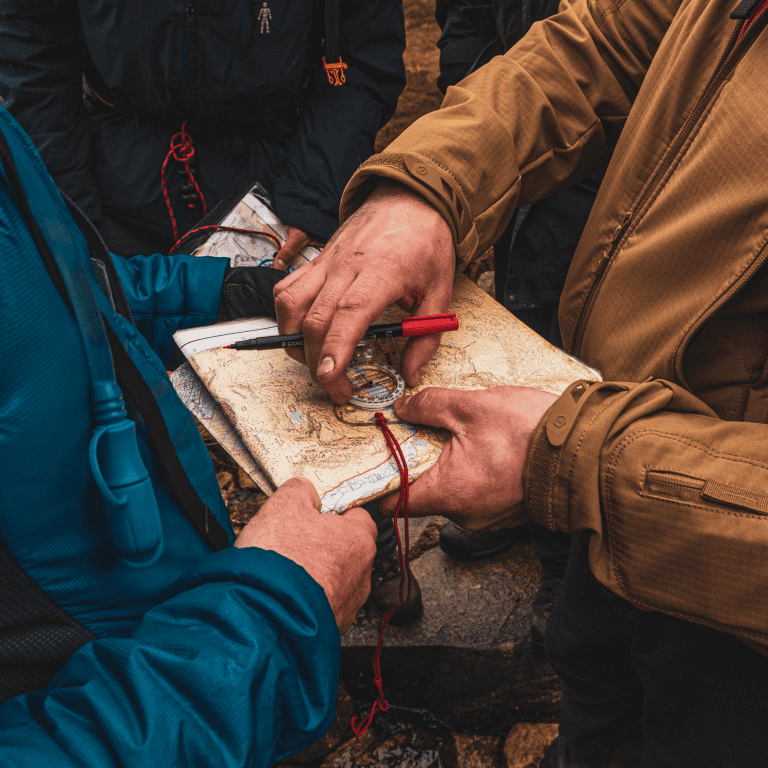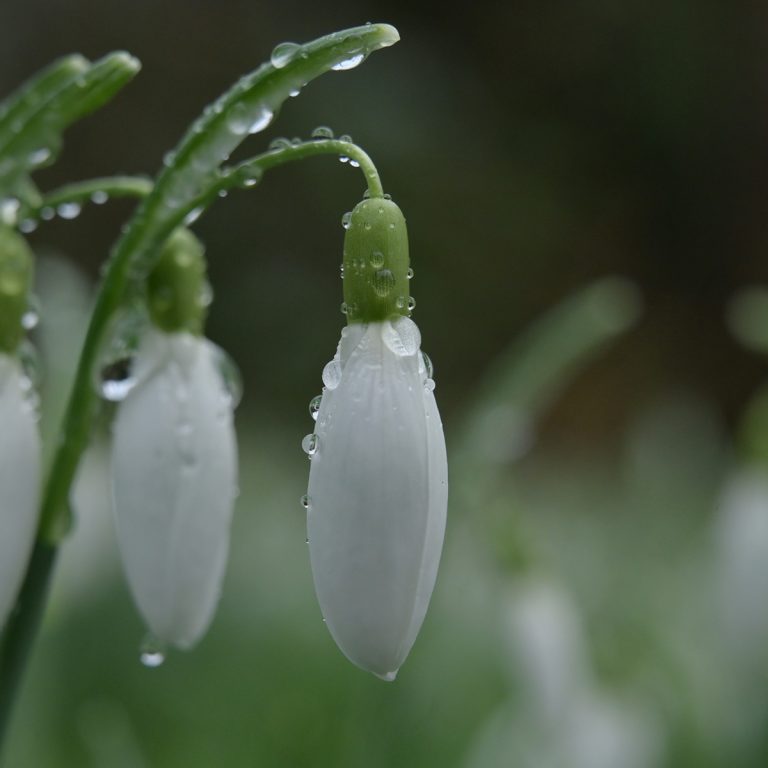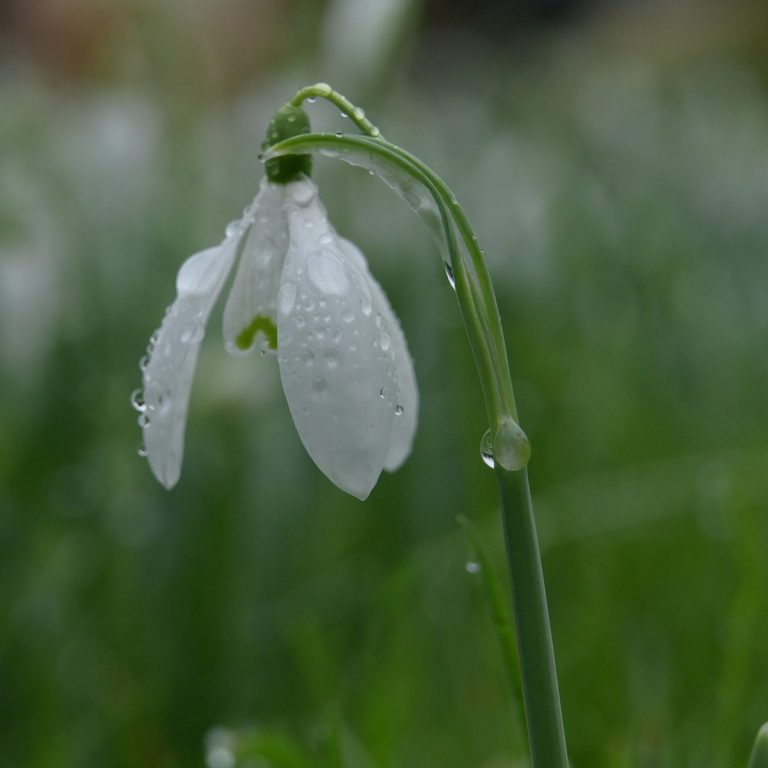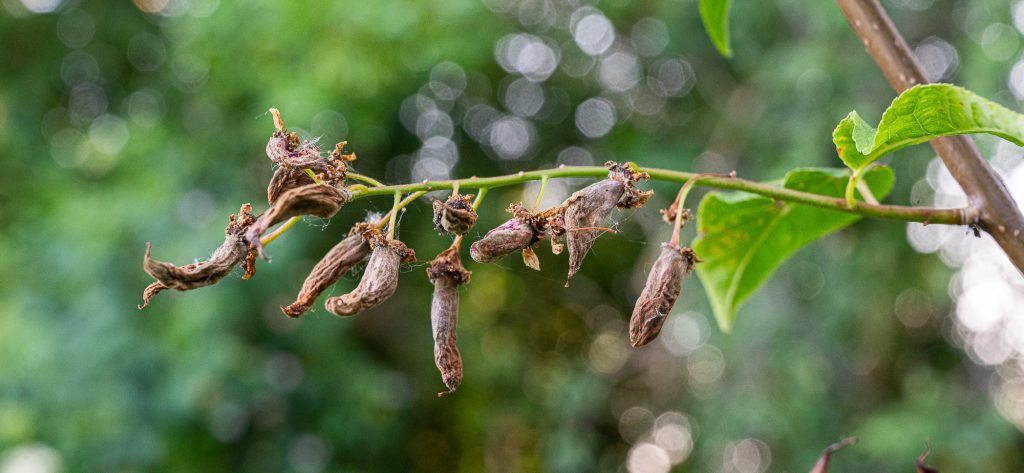
Pocket Plum and it's effects
4th September 2023
We are very lucky in that we are usually immersed in what is happening around us outside and we live in a rural area close to several different habitats. Back in summer as the berries began to develop I was regularly wandering out to check on the development of the fruits and the health of the hedgerows which I frequent come September. Back in 2020 there were very few ripe berries because of the long, hot summer but we are looking at a different problem this year.
Last spring the UK had a greater than average rainfall according to the ONS and data from 1991-2020, the plants around us grew vigorously through March and April. Everything became lush and green very quickly and when the fruit blossoms burst they were abundant and did not get caught out by late frosts. This was followed by a period of drought and then a fairly cool summer with a reasonable amount of rain, particularly compared to some recent years.
For the first time I noticed something unusual on the blackthorn trees in our hedge, it looked like a seed pod from another species had somehow grown on the wrong tree. I looked into it and found more and more people talking about it around the UK. After a quick bit of research it turns out that we have a gall forming fungus called Pocket plum operating in our locality.
What is Pocket Plum?
Pocket plum is the common name for Taphrina pruni which causes deformities in the fruits of blackthorn (the ever precious sloes), damsons and some other plum species, and there is a related fungus Taphrina padi which affects Bird Cherry with similar symptoms. These fungi are in the same family as the now infamous Ash dieback and not well-understood, although they are notoriously difficult to prevent and treat as the spores are airborne. The recommended control method is to remove and burn all affected fruits (don’t worry, this isn’t a loss as they are simply hollow shells) as well as removing fallen fruits and dead leaves from the ground and burning them too. This action disrupts the lifecycle of the fungus and will reduce the number of spores on the ground able to infect the tree again next spring. Slightly ironically the presence of Pocket plum has been linked to the milder winter followed by a wet spring which, to be honest, I felt was a good thing after the last few years.
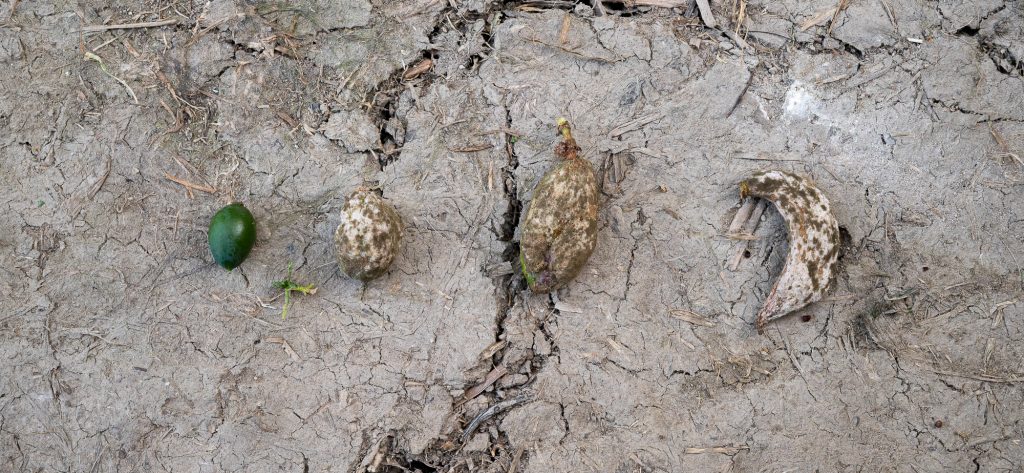
What effect does pocket plum have?
Now that we have reached September, the time of year for collecting native fruits, I am seeing the full blown effects of Pocket Plum. The local scrubby patches which are normally heaving with sloes have a sad looking crop this year with roughly half of the fruits looking like wizened and mouldy pea pods. This won’t just affect us as foragers but will also impact on our native fruit eating wildlife who are reliant on the calories from autumnal berries to get them through the cooler and less productive months. Some species such as both the Song and Mistle Thrush, hold Sloes in high regard and show a preference for them over some of the more expected candidates (blackberries, rose hips, elderberries etc) This is something that we’ll be remembering and taking into account when we are out gathering fruits, maybe there will be just a little bit less Sloe gin in production in our house this time around.
With over a decade of experience working outside in the UK doing everything from dry stone walling to tree planting and carrying out wildlife surveys. Amy is our resident ecologist and wild food enthusiast, and also works as a consultant for various brands and wildlife organisations. Amy lives in North Wales.
A Life more Wild.
A Life More Wild is the philosophy which underpins everything we do.
It encompasses practical skills, personal development, community learning and a journey to live more intentionally.



